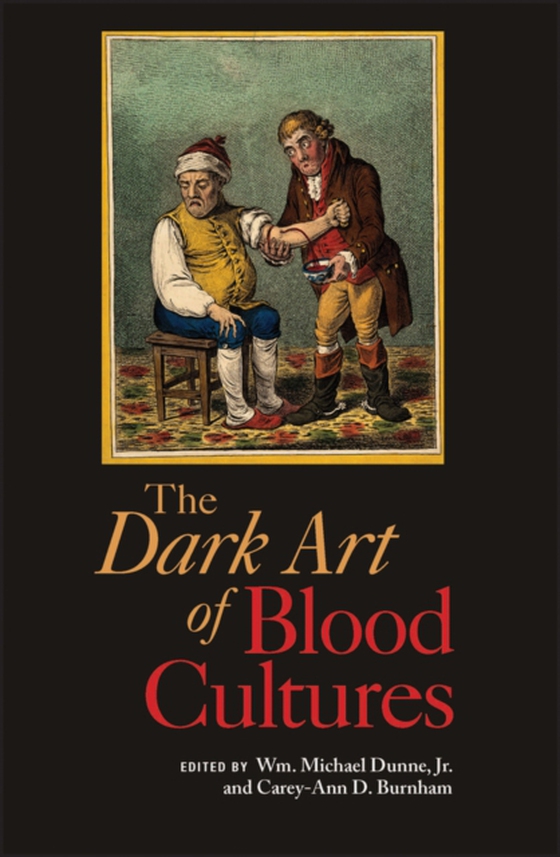
Dark Art of Blood Cultures e-bog
546,47 DKK
(inkl. moms 683,09 DKK)
In the clinical microbiology laboratory, blood is a critical diagnostic sample that, in the majority of cases is sterile (or is it?). However, when microbes gain access to and multiply in the bloodstream, it can result in life-threatening illness including sepsis. Mortality rates from bloodstream infection and sepsis range from 25% to 80%, killing millions of people annually. Blood cultures are...
E-bog
546,47 DKK
Forlag
ASM Press
Udgivet
1 september 2017
Genrer
Clinical and internal medicine
Sprog
English
Format
epub
Beskyttelse
LCP
ISBN
9781683673064
In the clinical microbiology laboratory, blood is a critical diagnostic sample that, in the majority of cases is sterile (or is it?). However, when microbes gain access to and multiply in the bloodstream, it can result in life-threatening illness including sepsis. Mortality rates from bloodstream infection and sepsis range from 25% to 80%, killing millions of people annually. Blood cultures are a vital technology used in the microbiology laboratory to isolate and identify microbes and predict their response to antimicrobial therapy. The Dark Art of Blood Cultures, edited by Wm. Michael Dunne, Jr., and Carey-Ann D. Burnham, surveys the entire field of blood culture technology, providing valuable information about every phase of the process, from drawing samples to culture methods to processing positive cultures. The Dark Art of Blood Cultures is organized around several major topics. History of blood culture methods. Details the timeline of blood culture methods from manual through automated and describes the technological development of the leading automated blood culture systems (Bactec, BacT/Alert, and VersaTREK). Manual and automated blood culture methods. Critiques manual and automated methods for setting up blood cultures for adult and pediatric patients. Detection of pathogens directly from blood specimens. Describes currently available CE marked and FDA-cleared commercial tests using both phenotypic and genotypic markers, including their strengths and limitations. The workflow of culturing blood. Includes best practices from specimen collection to culture system verification, processing positive cultures for microbe identification and antibiotic susceptibility determination, along with the epidemiology of positive blood cultures and the value of postmortem blood cultures. Microorganisms in the blood. Examines the concept of a blood microbiome in healthy and diseased individuals. The Dark Art of Blood Cultures is a resource that clinicians, laboratorians, lab directors, and hospital administrators will find engaging and extremely useful. If you are looking for online access to the latest clinical microbiology content, please visit www.wiley.com/learn/clinmicronow.
 Dansk
Dansk

